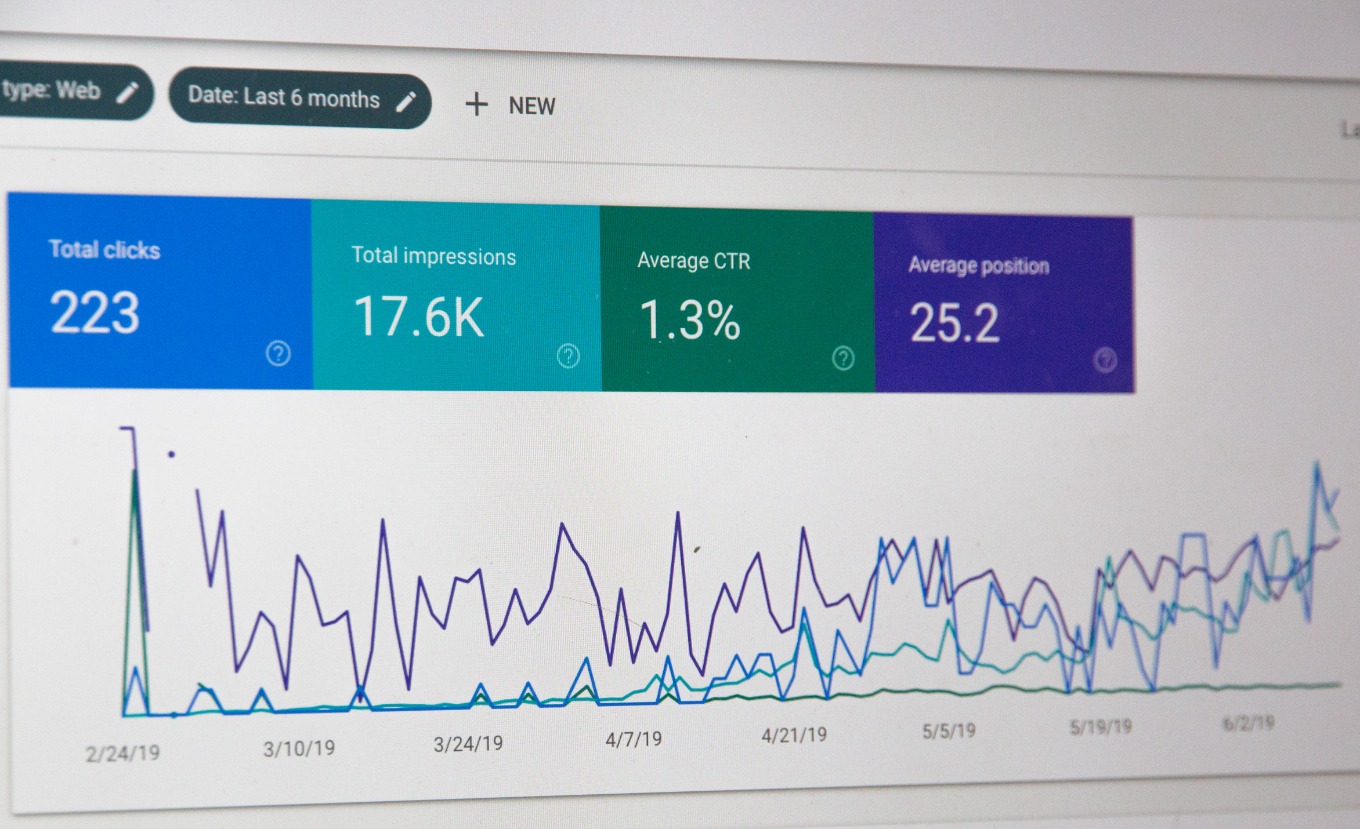The Future of Emergency Response Planning Services: Predictions and Emerging Trends
Emergency response planning services have always been at the forefront of safeguarding lives and assets from imminent threats and disasters. As we navigate the 21st century, the evolution of these services continues to be shaped by technological advancements, policy changes, and societal shifts. This metamorphosis presents a fascinating spectacle to scrutinize as it provides insight into an efficient, responsive, and resilient future of emergency response planning services.
Emergency response planning pivots around three main components: prompt detection of a threatening event, swift analysis, and a proactive response to mitigate the hazard. The 'who' in this context refers to crisis response teams, service providers, law enforcement agencies, community leaders, and the general populace. The 'what' is the assortment of strategies, tools, and plans employed to anticipate, respond to, and recover from crises. The 'where' spans across various locales, from urban metropolises to remote rural communities, each with unique challenges and requirements.
The 'when' is largely dependent on the nature of the emergency in question, as some disasters give a fair warning (like slow-building hurricanes), while others manifest without notice (like earthquakes). The 'how' encompasses the methodologies, techniques, and resources deployed in response to emergencies. The 'why' is arguably the most vital of all, aiming to safeguard human lives, protect physical and digital assets, ensure business continuity, and maintain societal harmony.
The future of emergency response planning is anchored in the seamless integration of technological advancements with traditional techniques. The landscape of emergencies has significantly broadened to encapsulate cyber threats, nuclear disasters, pandemics, and ramped-up natural disasters due to climate change. Consequently, the future will see a shift towards a more holistic, integrated, and technology-aided emergency response planning.
Artificial Intelligence (AI) and Machine Learning (ML) are two such technologies that are set to revolutionize this sector. AI can automate the rapid detection and analysis of threats, thereby drastically reducing response times. ML, on the other hand, can learn from past incidents to predict future emergencies and help in formulating more effective response strategies.
However, the incorporation of these technologies comes with tradeoffs. For instance, while AI and ML can quicken response times, they are susceptible to cyber threats themselves and can raise ethical concerns due to their autonomous nature. Furthermore, their implementation requires substantial financial investment and constant updating to stay relevant.
Another significant trend is the increased emphasis on community-based emergency response planning. This approach acknowledges the fact that local communities are the first responders in any disaster situation. It empowers them with skills, resources, and knowledge to react efficiently to emergencies.
Moving forward, there is a need for policy changes that prioritize emergency response planning. Governments should allocate more resources towards the development of robust infrastructures, advanced training, and public awareness programs. Additionally, the future will see a surge in collaborations and partnerships between governments, private organizations, and non-profits to enhance response capabilities.
In conclusion, the future of emergency response planning services looks promising. The integration of advanced technologies, community involvement, and proactive policymaking are ushering in an era of increased resilience and efficiency. However, challenges lie ahead, and it is crucial to address them head-on to ensure a safer future. The key lies in continuous evolution, learning from the past, and adaptability to emerging threats and challenges. In the wise words of John F. Kennedy, "The time to repair the roof is when the sun is shining." Proactive and progressive emergency response planning is the repair we need to safeguard our tomorrow.
The future of emergency response planning is anchored in the seamless integration of technological advancements with traditional techniques.






